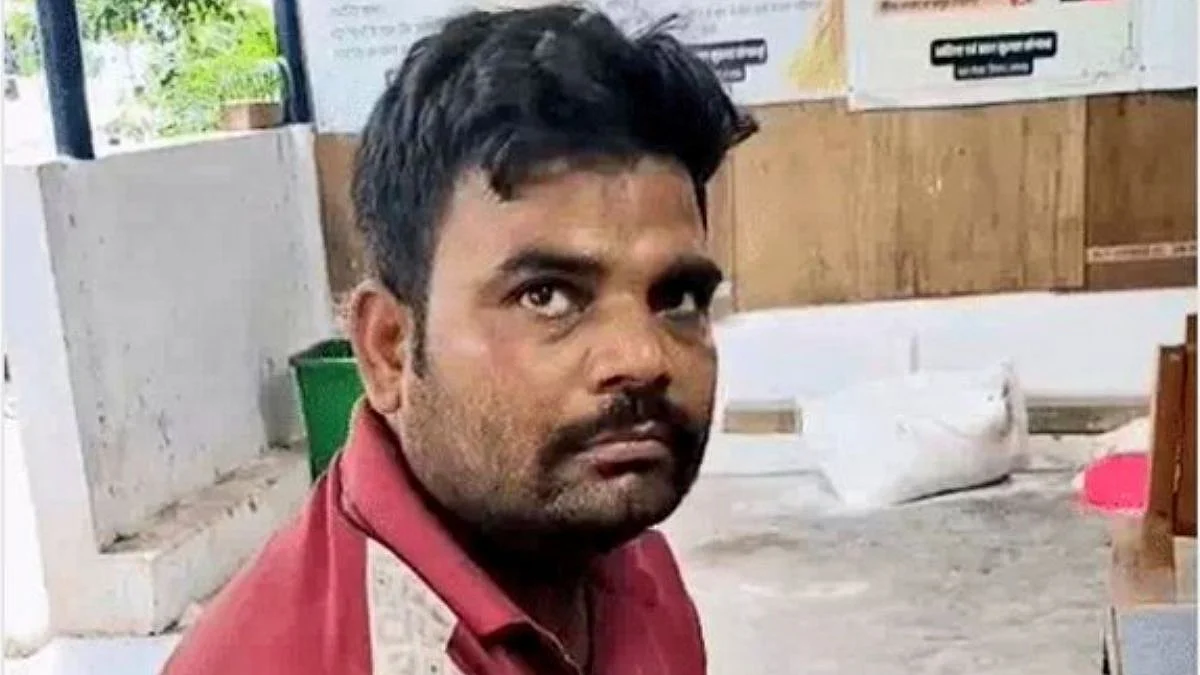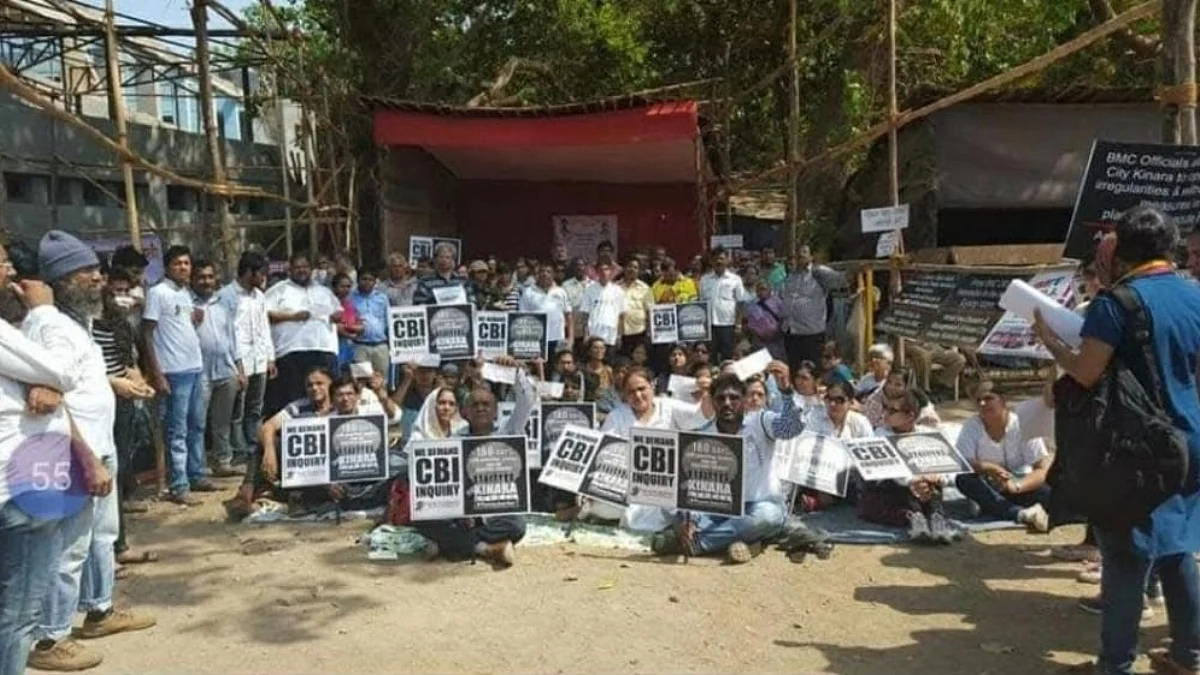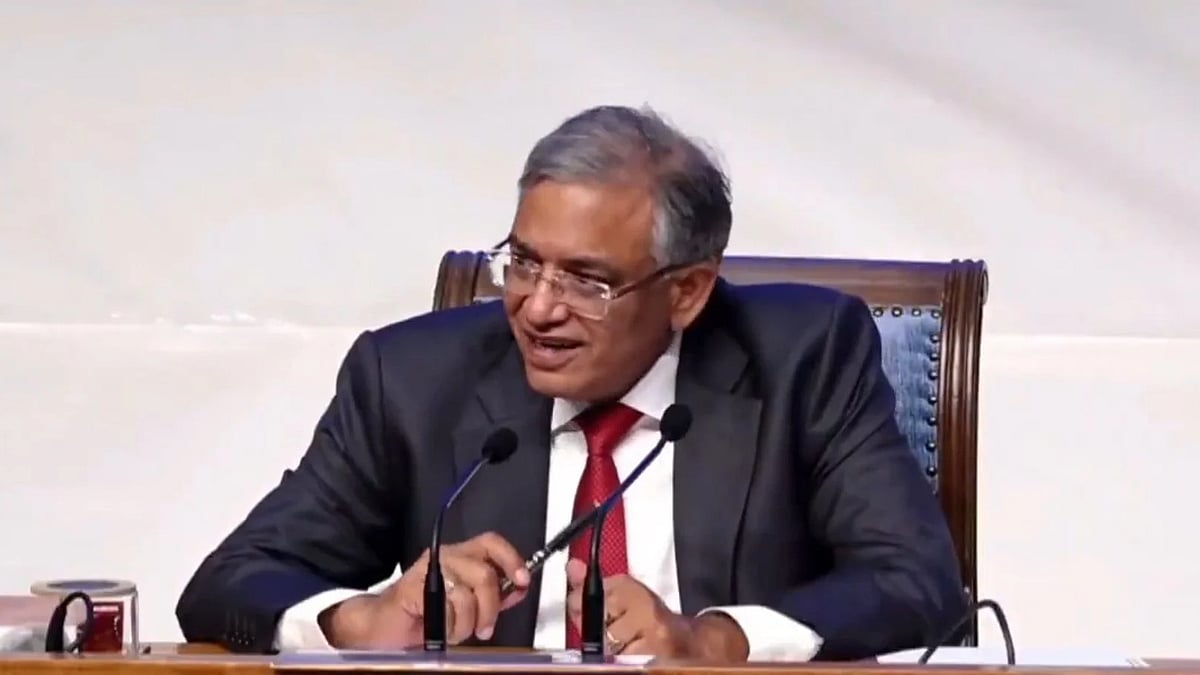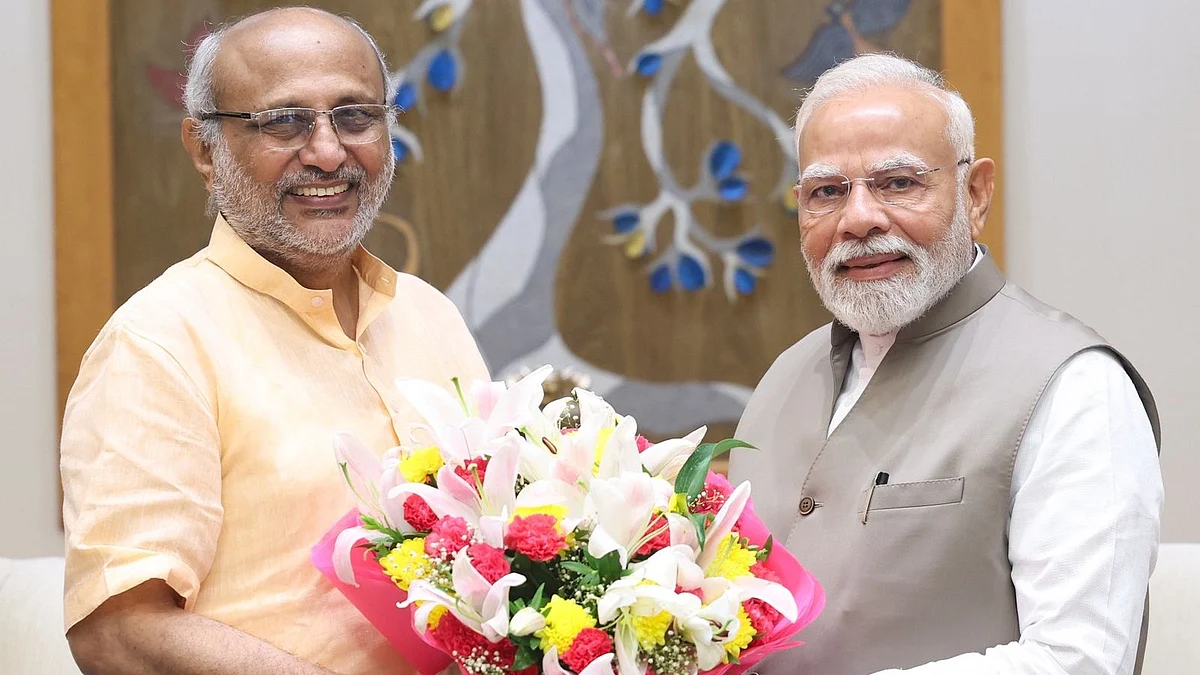The NITI Aayog’s Sustainable Development Index for 2020-21 – the third iteration of the government think tank’s attempt to track and rank the progress on achieving the UN’s Sustainable Development Goals (SDGs), both at the national level and for the states and Union Territories (UTs) individually, paints a familiar picture of unequal and uneven development, commendable progress on some fronts and worrying failure on others.
The ranking of the states, too, largely does not surprise. For those familiar with India’s polity, the state rankings hardly come as a shock. The SDGs include zero poverty, zero hunger, good health and well-being of all, quality education, gender equality, clean water and sanitation, affordable and clean energy, decent work and economic growth, ‘responsible production and consumption’ and reduced inequality.
Launched in 2018, the index tracks the achievement both at the national and state level, with scores indicating the percentage achieved against the overall SDGs to be achieved by 2030. The SDG India Index this year has been reworked to cover all 17 SDGs (previously, it tracked only 13 of 17 SDGs), making comparisons with earlier years a little difficult. The index tracks the progress of all the states and UTs on a set of 62 national indicators.
Measured against these, Kerala unsurprisingly tops the list with a score of 75, which means that it has made 75 per cent progress towards achieving the 2030 SDGs. India, as a whole, scores 66 in comparison, while bottom-placed Bihar scores a mere 52, with neighbouring Jharkhand and Uttar Pradesh at 56 and 60 respectively. Assam, which has swung the BJP’s way for the second time in succession, has joined the laggard states, with a score of 57.
In fact, the report captures the gap between the northeast and the developed parts of India sharply, with Meghalaya, Arunachal Pradesh, Nagaland etc. also faring poorly. Amongst the top 10 states, economically powerful states like Tamil Nadu, Maharashtra, Gujarat, Karnataka, Andhra Pradesh and Telangana are expectedly there – accompanied by small states such as Goa and Himachal Pradesh, whose relatively small populations have helped deliver more equitable development. The stark differences between the south and west of India and the rest of the country, especially the east and the northeast, points to widening gaps in development and governance delivery, with the Hindi heartland, with the exception of the hill states, showing little change.
At the national level, India has done well on poverty eradication, gender equality, innovation, and, surprisingly, healthcare, despite the glaring gaps in the healthcare infrastructure so cruelly exposed by the ongoing Covid pandemic. But there are issues with the changes in methodology, as well as indicators. This has led to results which lend credence to the suspicion that the indicators and methodology changed to show a more favourable result in a year when the Covid pandemic had wreaked havoc with the economy and livelihoods and pushed millions back into poverty.
The index, for instance, shows improvement in inequality in 2020 compared to 2019, when all available evidence suggests otherwise. This happened because the NITI Aayog index dropped important economic parameters like the Gini coefficient, which measures the degree of inequality in an economy, and replaced it with social indicators like the representation of women and weaker sections in legislatures, crimes against SC/ST communities.
In fact, this has been pointed out before, that India does well on measures of political equality, which tends to distort its real performance on reducing inequality. States have also complained that the NITI Aayog model ignores state schemes completely. Odisha, which has slipped several places this year, for instance has said that its own social security schemes have not been captured by the data, in areas like medical insurance and housing.
While political differences on how the index is viewed may be inevitable, it is equally important not to lose sight of the purpose of tracking the SDG achievements. The findings ought to serve as not only a wake-up call for lagging states, but also help provide feedback for proper course corrections and policy changes, both at the national and sub-national level. The fact that India has made good progress in renewable energy and in providing affordable and clean cooking fuel to the poor is undoubtedly something to be proud of.
But to take the increase in rankings afforded on this measure and to ignore the failure to achieve more pressing and immediate goals like zero hunger is foolhardy. This hunger sub-index, for instance, tracks the number of people covered under the National Food Security Act, the number of underweight or stunted children below five years of age and anaemia among pregnant women. Here, even topper states like Gujarat and Maharashtra have done badly, with scores of around 50. All stakeholders would do well to take the necessary policy pointers from the findings, rather than try and massage the numbers to suit political or propaganda ends.










